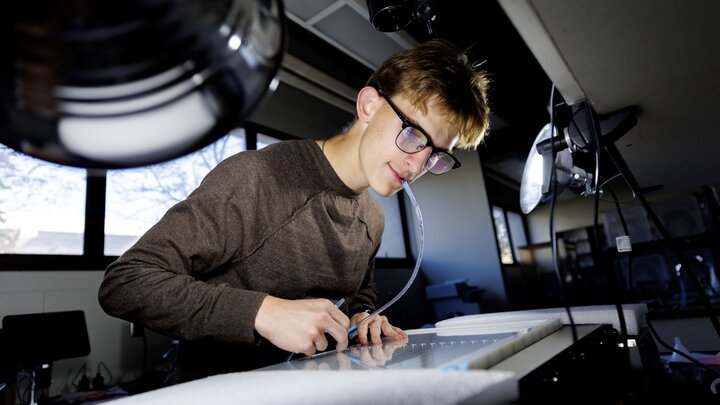In the Keesey Lab, which specializes in analyzing Drosophila neurobiology, biological sciences major Andrew Moyer serves as an undergraduate researcher for two projects.
November 8, 2024
November 8, 2024

In the Keesey Lab, which specializes in analyzing Drosophila neurobiology, biological sciences major Andrew Moyer serves as an undergraduate researcher for two projects.